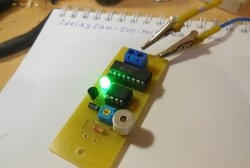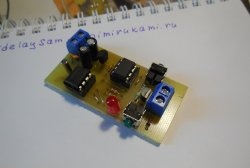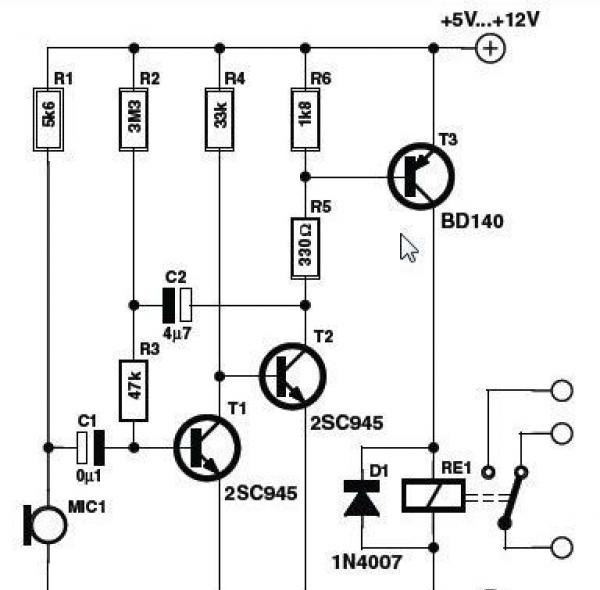
The scheme was found on one of the bourgeois sites and slightly altered. The device allows you to turn the power circuit on and off with a clap. I intend to use it to turn on the lights. The device is quite sensitive thanks to a double amplifier using low-power transistors. It responds to clap at a distance of 5 meters from the microphone. All parts were replaced with domestic ones.
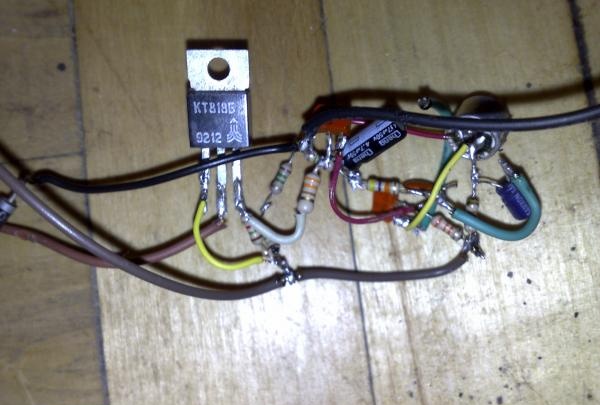
The microphone amplifier uses domestic transistors of the KT 315 series with any letter or index. The final stage uses a powerful transistor switch based on a bipolar transistor of the KT 818 series, all other details are the same as in the original circuit. You can exclude the relay from the circuit and connect a load in its place, but this is only in cases where you need to control loads with power up to 12 volts; if you need to control loads with power from the network, you can’t do without a relay.At the moment of clap, the microphone receives the wave, and as a signal it is sent to a power amplifier, which alternately amplify the signal received from the microphone. The amplified signal arrives at the base of the switch, its magnitude is sufficient to trigger the transistor, and at this moment the junction of the transistor opens and conducts a current that powers the connected load or relay.
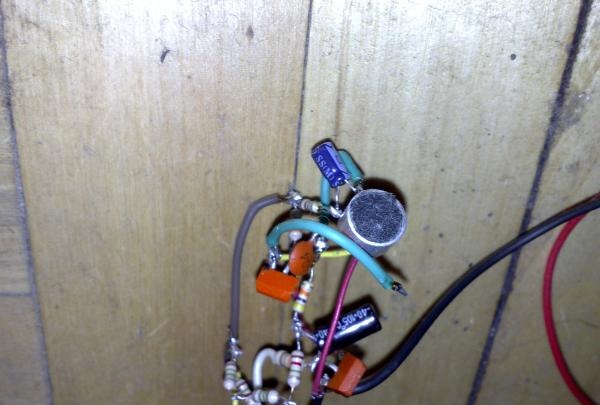
When assembling, observe all the ratings of the parts; even a slight slope can lead to abnormal operation of the switch. The device responds not only to pops, but also to low-frequency noise (powerful bass, etc.).
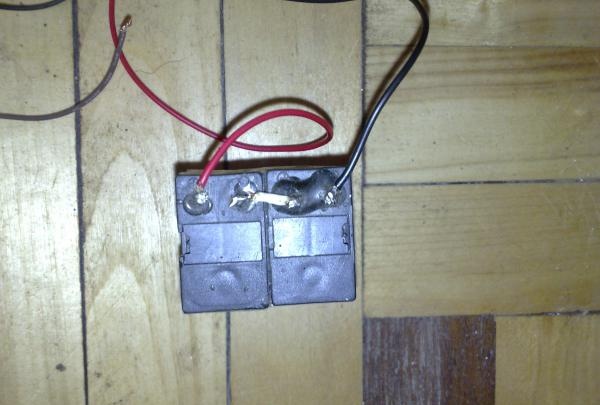
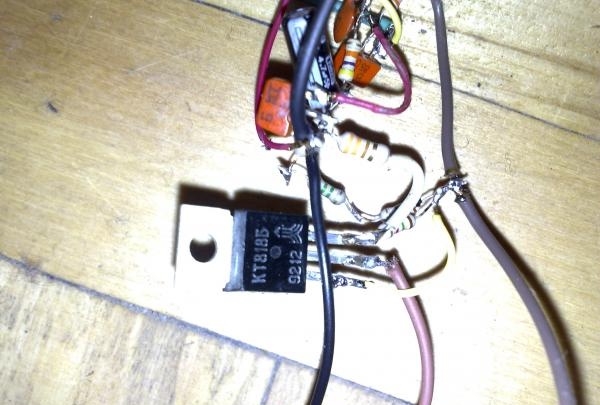
The supply voltage range is from 4 to 16 volts, power only from stabilized DC voltage sources and under no circumstances use switching power supplies, the device will not work with them!
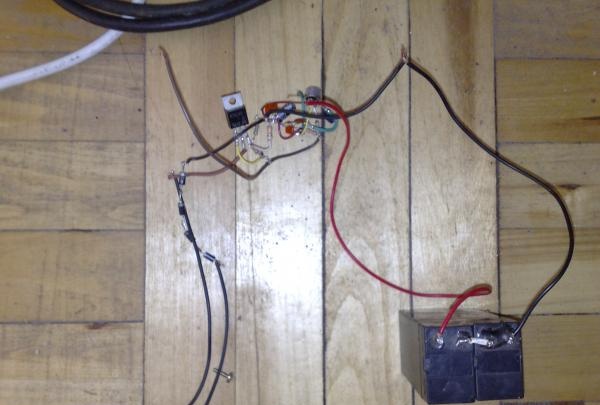
For the trial version, the device was mounted mounted, then it will be transferred to the board, the main thing is that everything works without failures.
